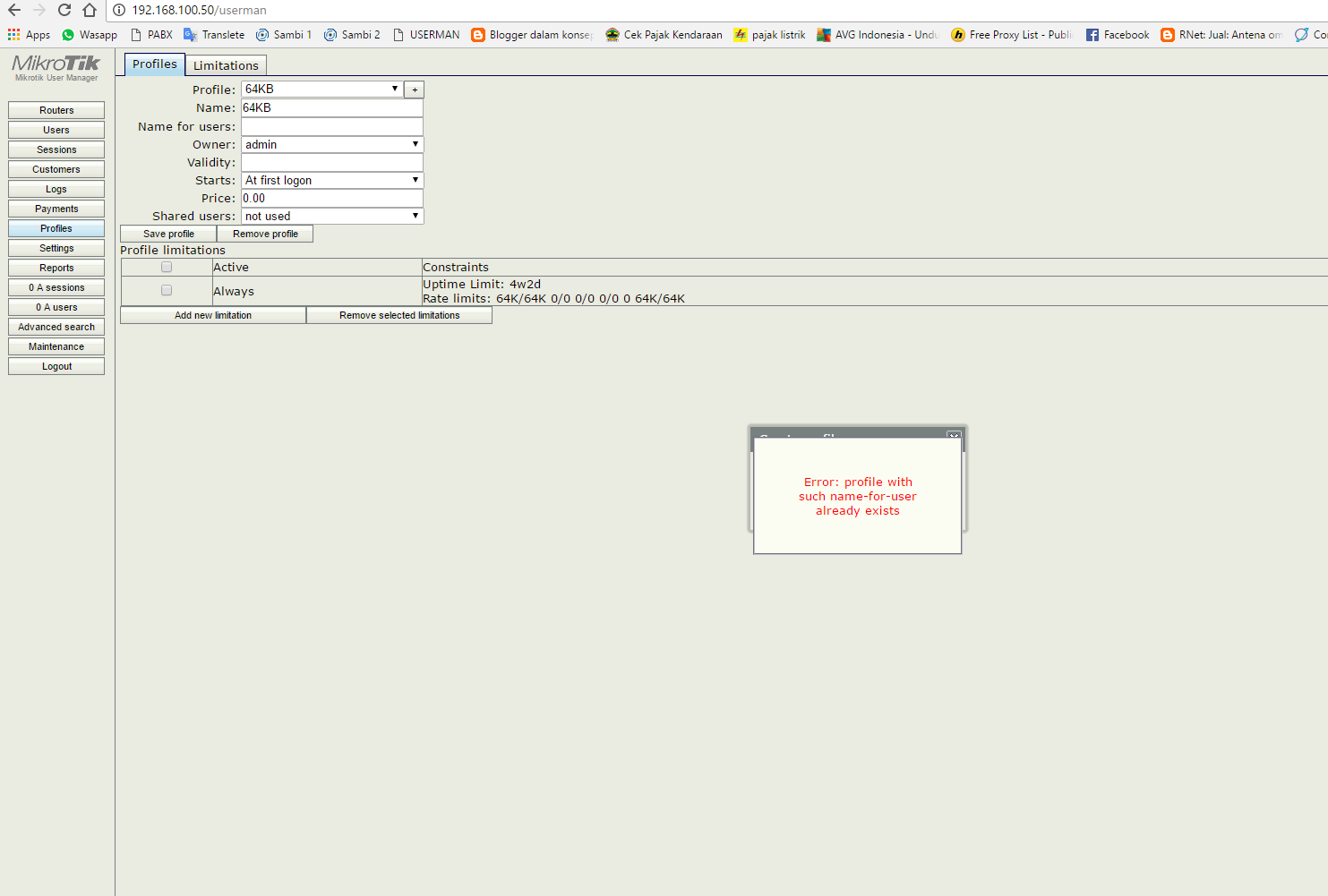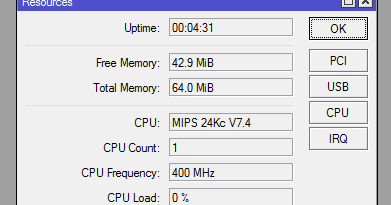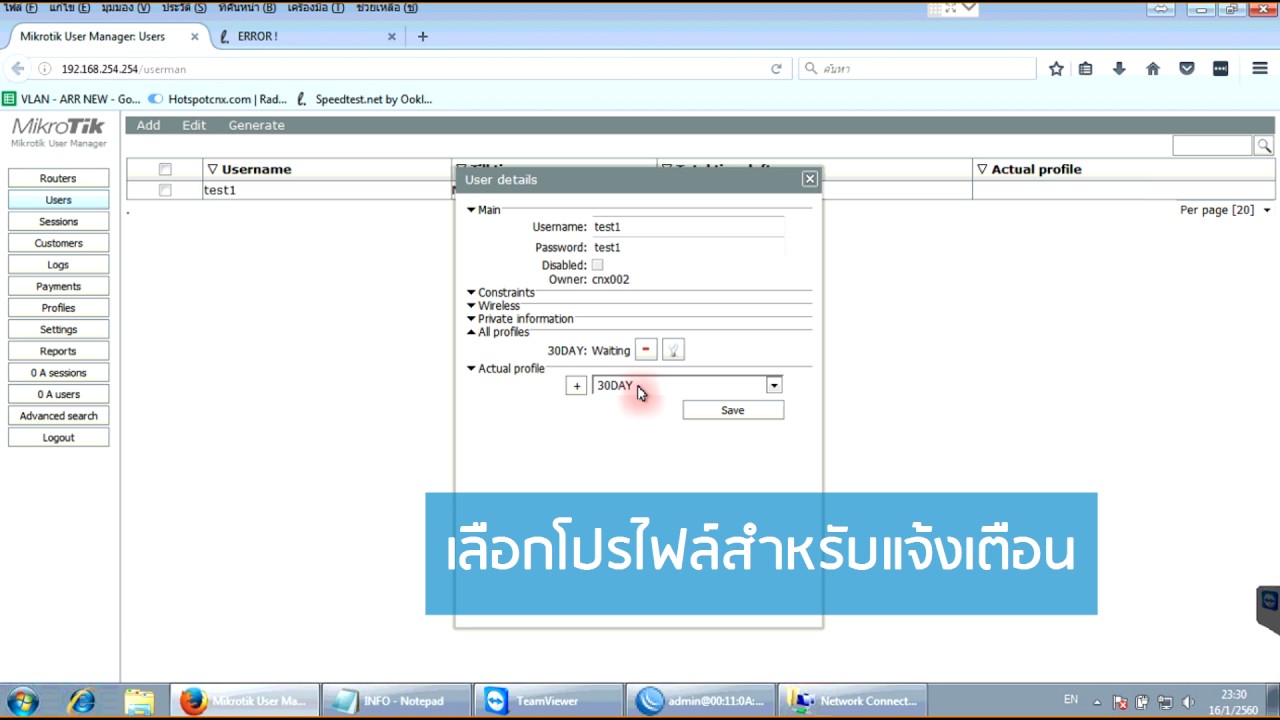

TCP established hash table entries: 2048 (order: 1, 8192 bytes) clocksource: Switched to clocksource GIC pinctrl core: initialized pinctrl subsystem futex hash table entries: 1024 (order: 3, 32768 bytes) clocksource: jiffies: mask: 0xffffffff max_cycles: 0xffffffff, max_idle_ns: 19112604462750000 ns Mountpoint-cache hash table entries: 1024 (order: 0, 4096 bytes) Mount-cache hash table entries: 1024 (order: 0, 4096 bytes)

sched_clock: 32 bits at 440MHz, resolution 2ns, wraps every 4880645118ns clocksource: MIPS: mask: 0xffffffff max_cycles: 0xffffffff, max_idle_ns: 4343773742 ns clocksource: GIC: mask: 0xffffffffffffffff max_cycles: 0xcaf478abb4, max_idle_ns: 440795247997 ns SLUB: HWalign=32, Order=0-3, MinObjects=0, CPUs=4, Nodes=1 Inode-cache hash table entries: 16384 (order: 4, 65536 bytes) Dentry cache hash table entries: 32768 (order: 5, 131072 bytes) PID hash table entries: 1024 (order: 0, 4096 bytes) Kernel command line: console=ttyS0,115200 rootfstype=squashfs,jffs2 Built 1 zonelists, mobility grouping on.

random: get_random_bytes called from start_kernel+0x90/0x4a0 with crng_init=0 MIPS secondary cache 256kB, 8-way, linesize 32 bytes. Primary data cache 32kB, 4-way, PIPT, no aliases, linesize 32 bytes Primary instruction cache 32kB, VIPT, 4-way, linesize 32 bytes. Initrd not found or empty - disabling initrd MIPS: machine is MikroTik RouterBOARD 750Gr3
CARA INSTAL USERMAN DI RB750GR3 UPGRADE
Upgrade from 18.06.1 to 19.07.0 is not supported. NOTE that before 19.07.0 release the router was non-natively supported in 18.06.1 release.
CARA INSTAL USERMAN DI RB750GR3 INSTALL
It's recommended to install the “Current Release” in the table above.įlashing OpenWrt using LuCI: Read the section Flash OpenWrt (“After successfully using a web browser to connect to the OpenWrt LuCI…”).įlashing OpenWrt using SSH (Linux) or PuTTy (Windows): Use UCI to flash OpenWrt with sysupgrade command. Open a browser and navigate to 192.168.1.1ĭepending on the chosen version (snapshot/old stable release/stable release) the firmware might contain LuCI.

Unplug the ethernet cable from port 1 and plug it into port 2.ħ. Wait until the USR status led stops flashing. Keep holding until the first beep, then release it when you see activity in tinypxe.ĥ. To netboot: hold the RESet button while powering up the router. Plug the ethernet cable into port 1 of the router and tftp netboot.Ĥa. Uncheck the box in the “Boot File” section and select the initramfs-kernel.bin file for the router.Ĥ. You can also disable other interfaces like wifi, etc.ģb. Restart tinypxe, then power off the router. If it's not, connect to the router and power it on normally. Make sure option 54 is the same ip as the static one just set. Change the static ip of the wired interface on your computer to 192.168.1.10ģ. If the installation fail, you might need to upgrade/downgrade to RouterOS 6.49.2, as reported inĢ. Follow MikroTik Common Procedures to install the OpenWrt firmware.


 0 kommentar(er)
0 kommentar(er)
